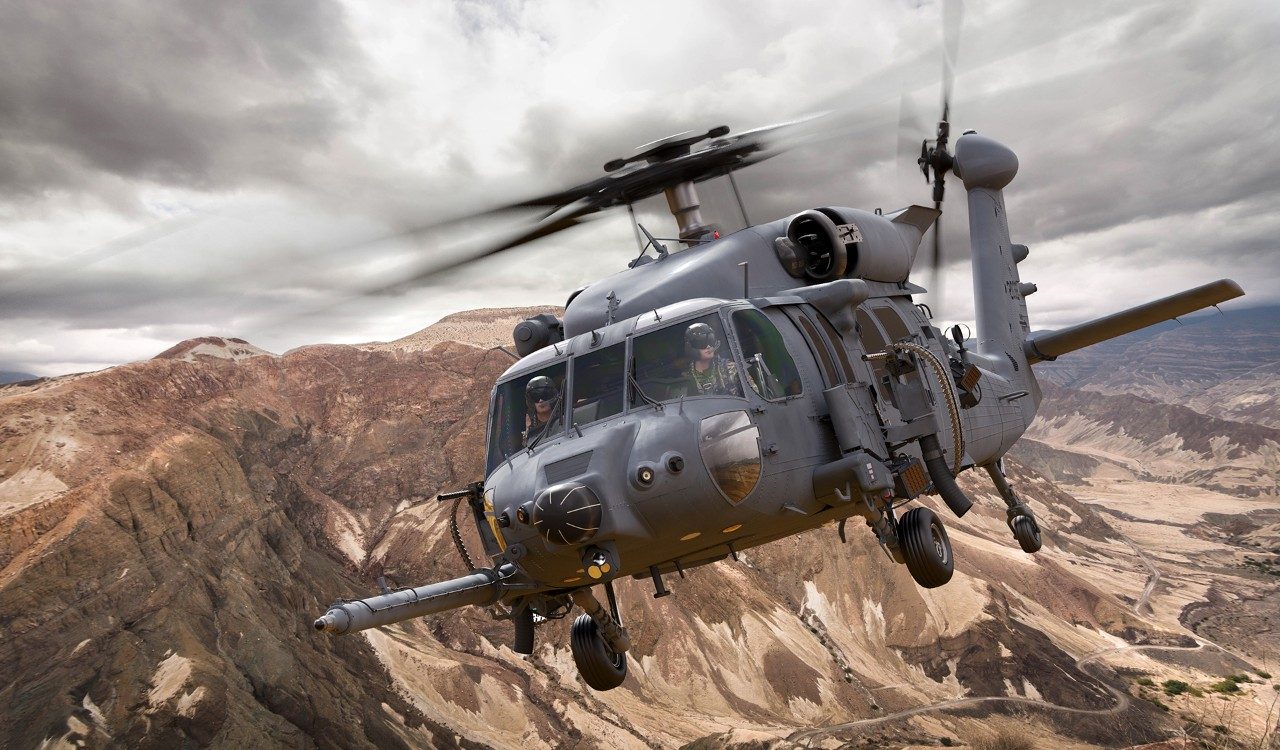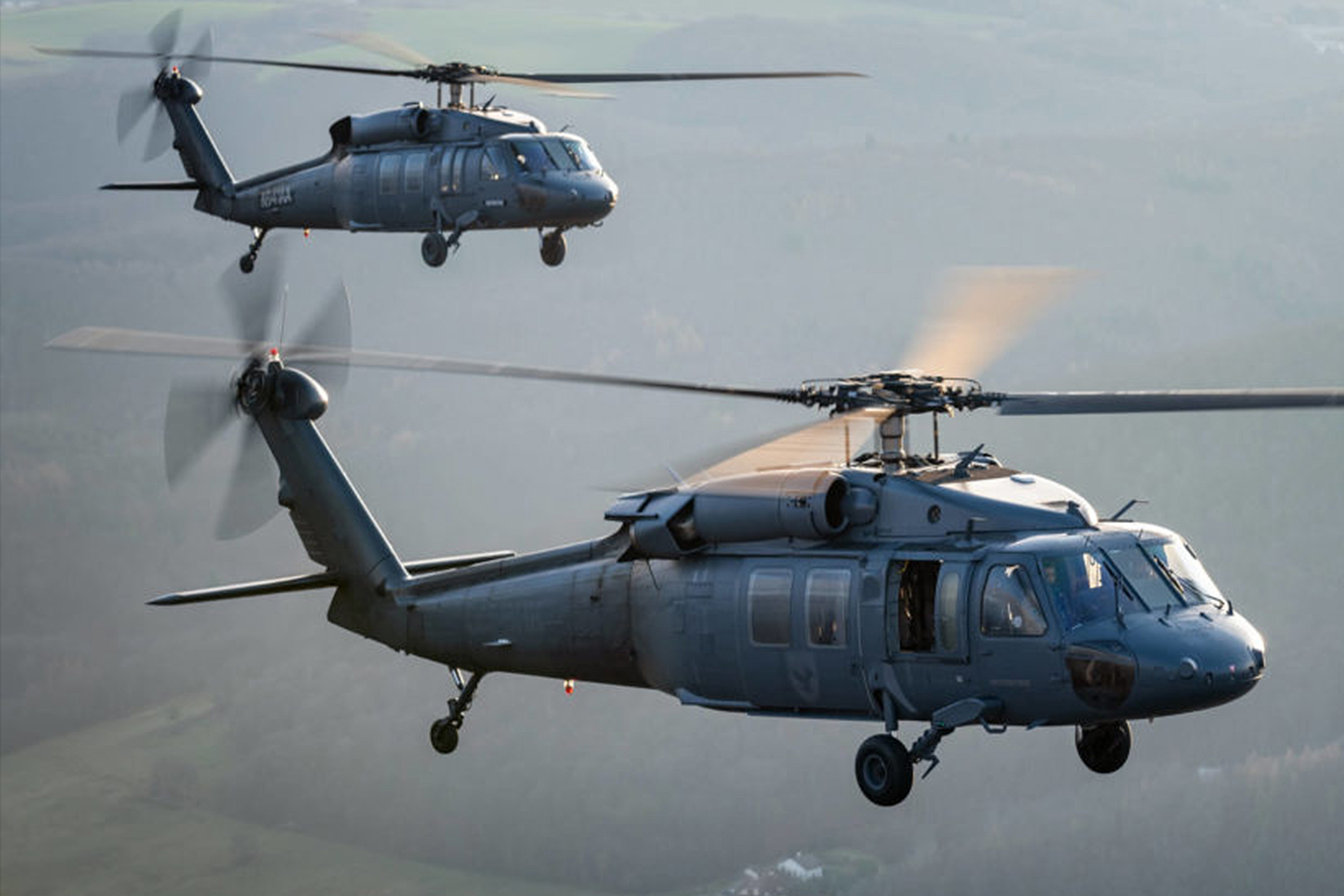UH 60 Helicopter: Advanced Avionics and Combat Solutions
UH 60 Helicopter: Advanced Avionics and Combat Solutions
Blog Article
A Comprehensive Guide to the Upkeep and Treatment of Aircraft for Long Life
The long life of an airplane hinges dramatically on its upkeep and treatment, requiring an organized method to make certain ideal efficiency and safety. Recognizing the complexities of these practices can be complicated; consequently, it is important to discover the important elements that contribute to efficient aircraft treatment and the implications of ignoring these responsibilities.
Significance of Regular Maintenance
Regular maintenance is necessary for the safety and security, efficiency, and long life of aircraft. A systematic method to maintenance ensures that all parts operate optimally, therefore minimizing the danger of mechanical failure throughout procedure. Routine inspections and servicing enable professionals to determine potential problems before they escalate into significant troubles, guaranteeing that the airplane remains in conformity with aeronautics laws.
Moreover, maintaining an aircraft according to the manufacturer's standards is vital for preserving its worth. A well-documented upkeep history can improve resale leads and infuse self-confidence in possible purchasers. Additionally, regular upkeep adds to operational performance, as it assists to enhance fuel usage and performance metrics, leading to set you back financial savings over time.
Furthermore, routine upkeep contributes to the total safety of trip operations (uh 60). By addressing wear and tear promptly, drivers can minimize threats connected with aging aircraft systems. This aggressive strategy not just shields the lives of guests and staff yet also safeguards the airplane itself versus catastrophic failures

Daily Inspection List
Exactly how can pilots and maintenance crews ensure the airplane remains in ideal condition prior to each flight? The response exists in a detailed daily examination list, which works as a vital method to determine potential concerns that could endanger safety and performance. This list should incorporate numerous vital areas, consisting of outside and interior inspections, in addition to functional checks of crucial systems.
Starting with the outside, teams need to evaluate the airframe for any type of visible damages, leaks, or signs of rust. Focus must be paid to regulate surface areas, landing equipment, and the condition of tires. Transferring to the inside, the crew must verify that all tools and controls are functional, ensuring that electronic systems are working appropriately.

Along with structural checks, it is vital to check gas degrees and validate that all needed documents, consisting of enrollment and weight and equilibrium information, depend on date. A review of emergency equipment, including life vests and fire extinguishers, must be conducted to make sure compliance with safety and security guidelines. By carefully following this daily inspection list, pilots and maintenance staffs can significantly improve the safety and security and integrity of their airplane.
Set Up Maintenance Programs
Arranged upkeep programs are necessary for the long-lasting safety and performance of airplane operations. These programs are developed to make certain that all airplane components go through routine assessments, upkeep, and essential repair services at established periods. By sticking to an organized upkeep routine, drivers can dramatically minimize the threat of in-flight failures, improve airplane integrity, and extend the lifespan of essential parts.
Generally, scheduled maintenance is categorized right into various levels, consisting of A, B, C, and D checks, each with distinctive needs and thoroughness. A checks are normally much more regular and concentrate on fundamental visual assessments and minor repair work, while D checks are much more extensive and happen much less frequently, including substantial disassembly and overhaul of the aircraft.
Regulative bodies, such as the FAA and EASA, mandate conformity with specific upkeep schedules based upon airplane type and use. Operators has to preserve thorough records of all upkeep performed to demonstrate conformity and help with assessments. The integration of predictive maintenance modern technologies can even more enhance the efficiency of scheduled programs by identifying possible issues prior to they escalate, consequently guaranteeing that airplane stay in optimal problem and all set for secure operations.
Care for Aircraft Interiors
Looking after airplane interiors is important not only for guest comfort but also for maintaining the overall worth and security of the airplane. Routine cleansing and maintenance of the indoor elements contribute considerably to a favorable flying experience while preserving the aircraft's aesthetic appeal.
To make certain optimal treatment, it is vital to establish a routine cleansing timetable that consists of vacuuming carpets, cleaning down surface areas, and disinfecting high-touch locations. Furniture and seats need to be checked for deterioration, with any kind of damage quickly resolved to avoid further damage. Furthermore, interest needs to be provided to the galley and lavatory areas, which need extensive cleaning and restocking of supplies to keep hygiene.
Moreover, using appropriate cleaning agents is essential; harsh chemicals can harm coatings and products, so it is suggested to utilize items especially made for aircraft interiors. Normal evaluations ought to also be carried out to recognize any upkeep requires, such as replacing damaged seat covers or fixing home window shades. By prioritizing the care of airplane insides, drivers can improve the general guest experience and safeguard the investment in their airplane.
Comprehending Regulatory Conformity
Regulative conformity is a crucial facet of airplane maintenance, often needing operators to comply with a complicated structure of regional, national, and international standards. This framework is mainly established by air travel regulatory bodies such as the Federal Aeronautics Management (FAA) in the USA and the European Union Aeronautics Security Company (EASA) in Europe - uh 60. These companies establish forth guidelines that govern numerous aspects description of aircraft upkeep, including airworthiness, safety protocols, and functional procedures

Furthermore, drivers have to remain notified regarding changes in guidelines and get involved in training programs to make sure that their personnel is educated regarding compliance requirements. Failure to follow these regulations can cause serious charges, consisting of penalties, grounding of aircraft, or loss of qualification. Therefore, understanding and adhering to governing conformity Check This Out is vital for the long life and safety of airplane procedures.
Verdict
In final thought, the upkeep and treatment of aircraft are extremely important for ensuring long life, safety and security, and functional performance (uh 60). Normal assessments, adherence to daily lists, and systematic maintenance programs assist in the early identification of prospective problems. In addition, focus to the aircraft's inside and compliance with regulative criteria significantly add to maintaining its value. By carrying out these techniques, drivers can improve the general experience for passengers while guarding the financial investment in aeronautics possessions.
The long life of an airplane pivots dramatically on its maintenance and treatment, requiring a structured technique to guarantee optimal performance and security. By diligently following this daily evaluation checklist, pilots and maintenance staffs can dramatically improve useful link the security and reliability of their aircraft.
These programs are created to make certain that all airplane parts undertake normal examinations, maintenance, and needed repairs at established periods. By focusing on the treatment of aircraft interiors, operators can improve the general guest experience and shield the investment in their airplane.
In conclusion, the maintenance and treatment of aircraft are critical for making sure long life, security, and functional effectiveness.
Report this page